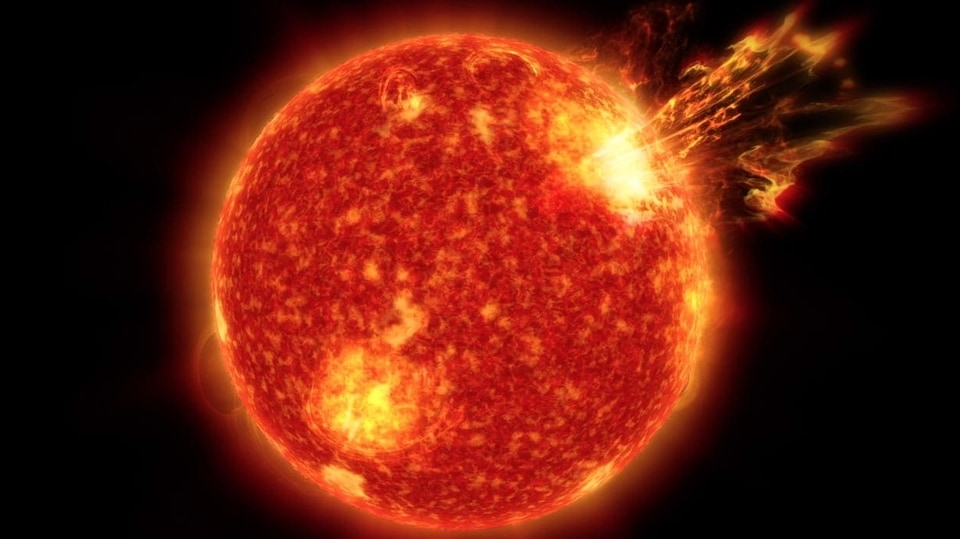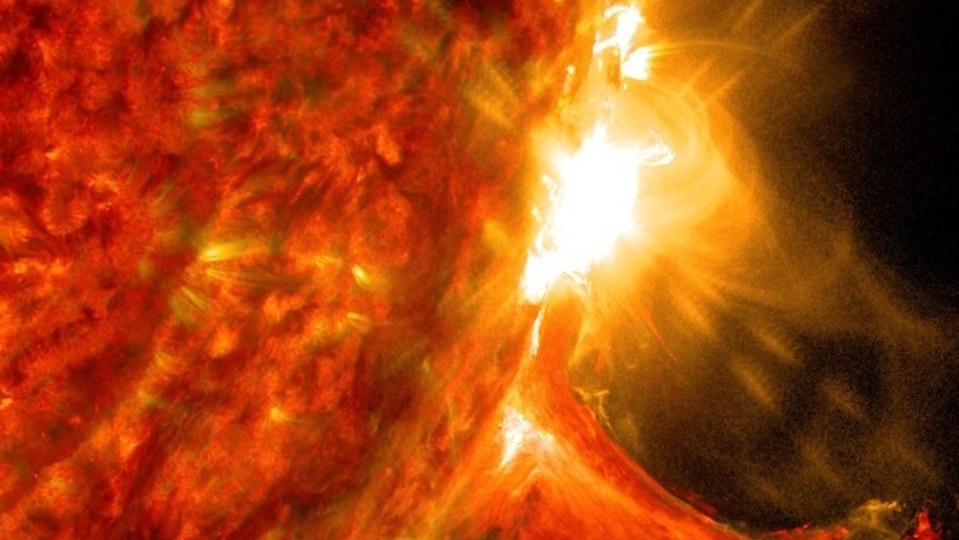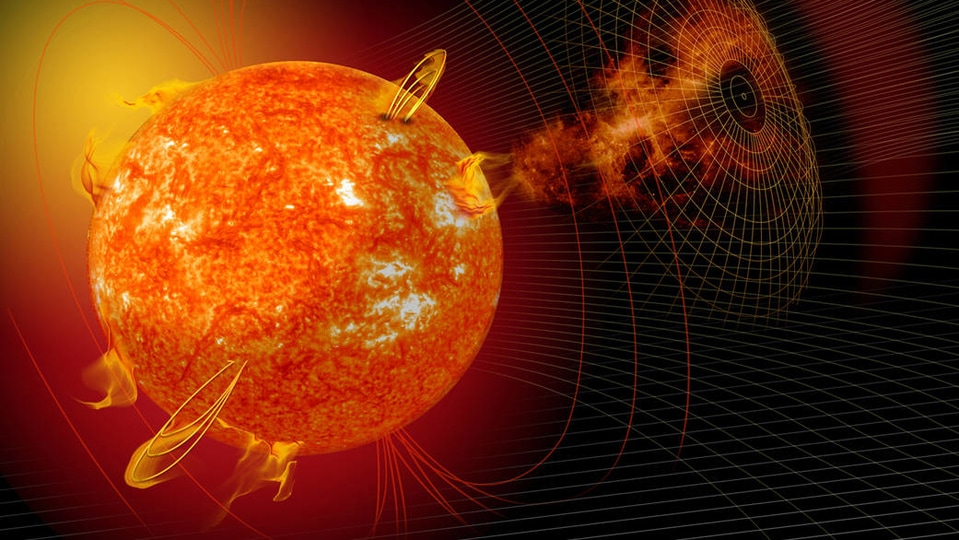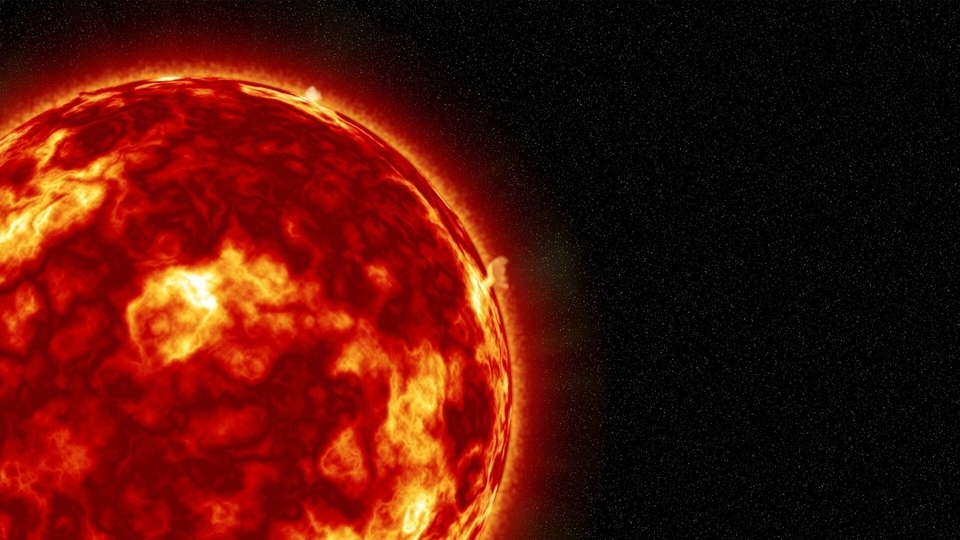Chain explosion! Solar Flare to spark Geomagnetic storm on Earth today
The recent solar flare spewed out by our Sun is set to spark a geomagnetic storm today. Know how it will impact Earth.




_1639373804152_1639373815879.jpg)

 View all Images
View all ImagesThe Sun is facing a "chain explosion!" On February 24th, an eruption occurred on a magnetic filament linked to sunspot AR3229, which is expected to spark a geomagnetic storm on Earth. The eruption caused a disruptive lift-off, destabilizing sunspot AR3229 and igniting a long-lasting M3-class solar flare at 20:30 UTC. This kind of a solar flare's radiation generally ionize the upper atmosphere of Earth, leading to blackouts of shortwave radio transmissions in the Pacific Ocean and other regions.
Not just this, according to a report by spaceweather.com, Earth's magnetic field is about to receive a double blow too! First, it will be from a solar wind stream, and then from a CME, both arriving around February 27th. The solar wind stream is flowing from an equatorial hole in the sun's atmosphere. The CME was launched by yesterday's "chain reaction" explosion. Their arrival could also spark a category G1 (Minor) or a G2 (Moderate) geomagnetic storms with auroras in northern-tier US states.
Space-weather expert Dr. Tamitha Skov tweeted, “An Earth-directed solar storm comes! NASA predicts arrival late on 26 February. Enhanced radiation storm levels will continue until the storm arrives.” She further added that you could expect GPS reception and HF radio communication problems near the polar regions till then. Also, she advised Airline pilots to check the International Civil Aviation Organization (ICAO) advisory.
Impact of Geomagnetic Storm on Earth
Geomagnetic storms can cause temporary disturbances in the planet's magnetic field, releasing a surge of highly energetic magnetic energy. This energy can ionize oxygen in the upper atmosphere, producing the characteristic blue-green hues of auroras. Moreover, these storms have the potential to cause significant disruptions in GPS, radio communications, mobile phone connectivity, and satellite operations. Additionally, they can generate hazardous geomagnetic-induced currents in power grids, which may lead to power supply disturbances.
Sun may be near the Solar max SOON!
In another tweet, Dr. Skov suggested that cycle 25 solar max might come near the end of 2024. The solar cycle refers to the approximately 11-year period of activity on the Sun, characterized by changes in the number of sunspots, solar flares, and other solar phenomena.
Catch all the Latest Tech News, Mobile News, Laptop News, Gaming news, Wearables News , How To News, also keep up with us on Whatsapp channel,Twitter, Facebook, Google News, and Instagram. For our latest videos, subscribe to our YouTube channel.
































